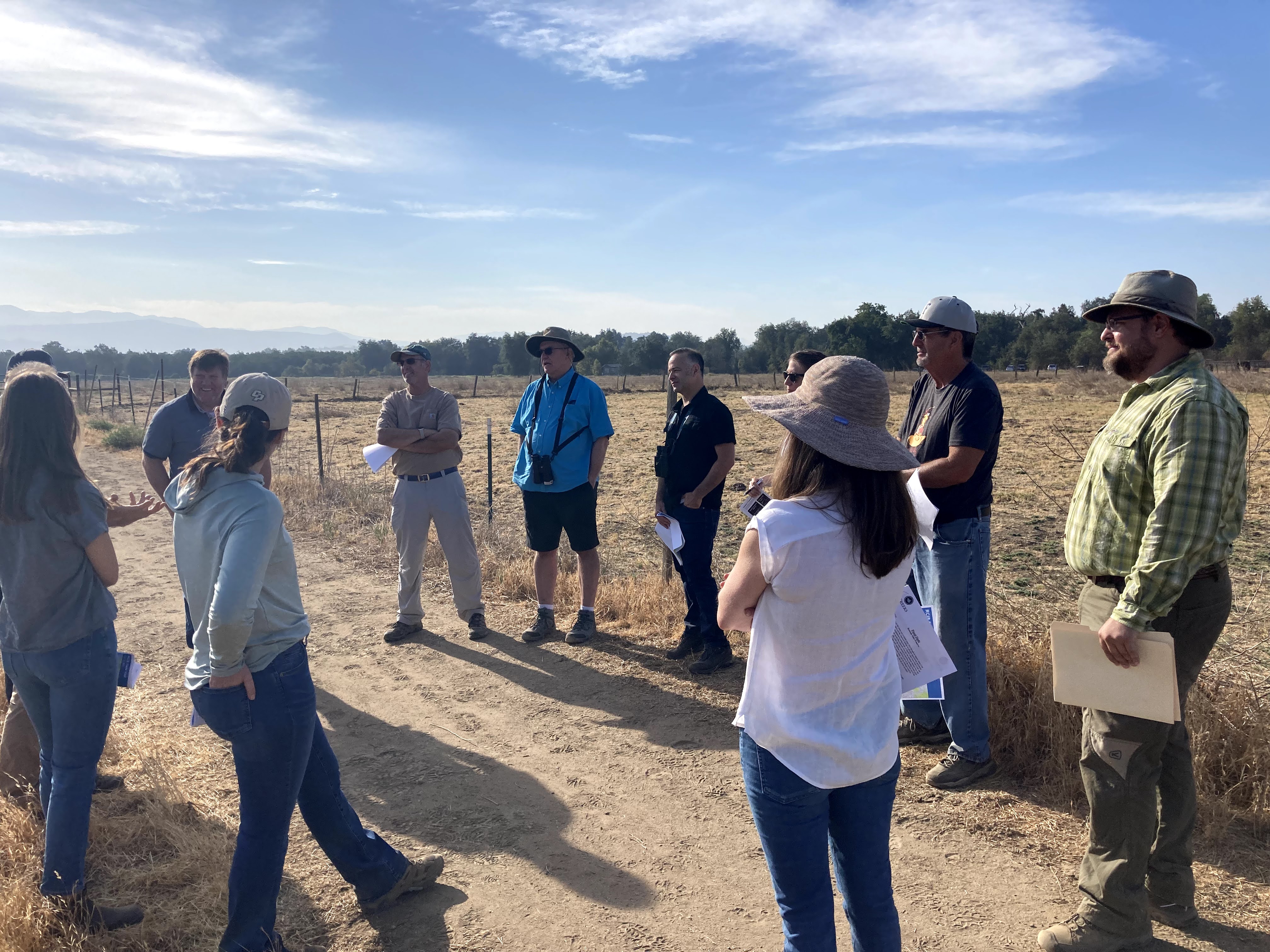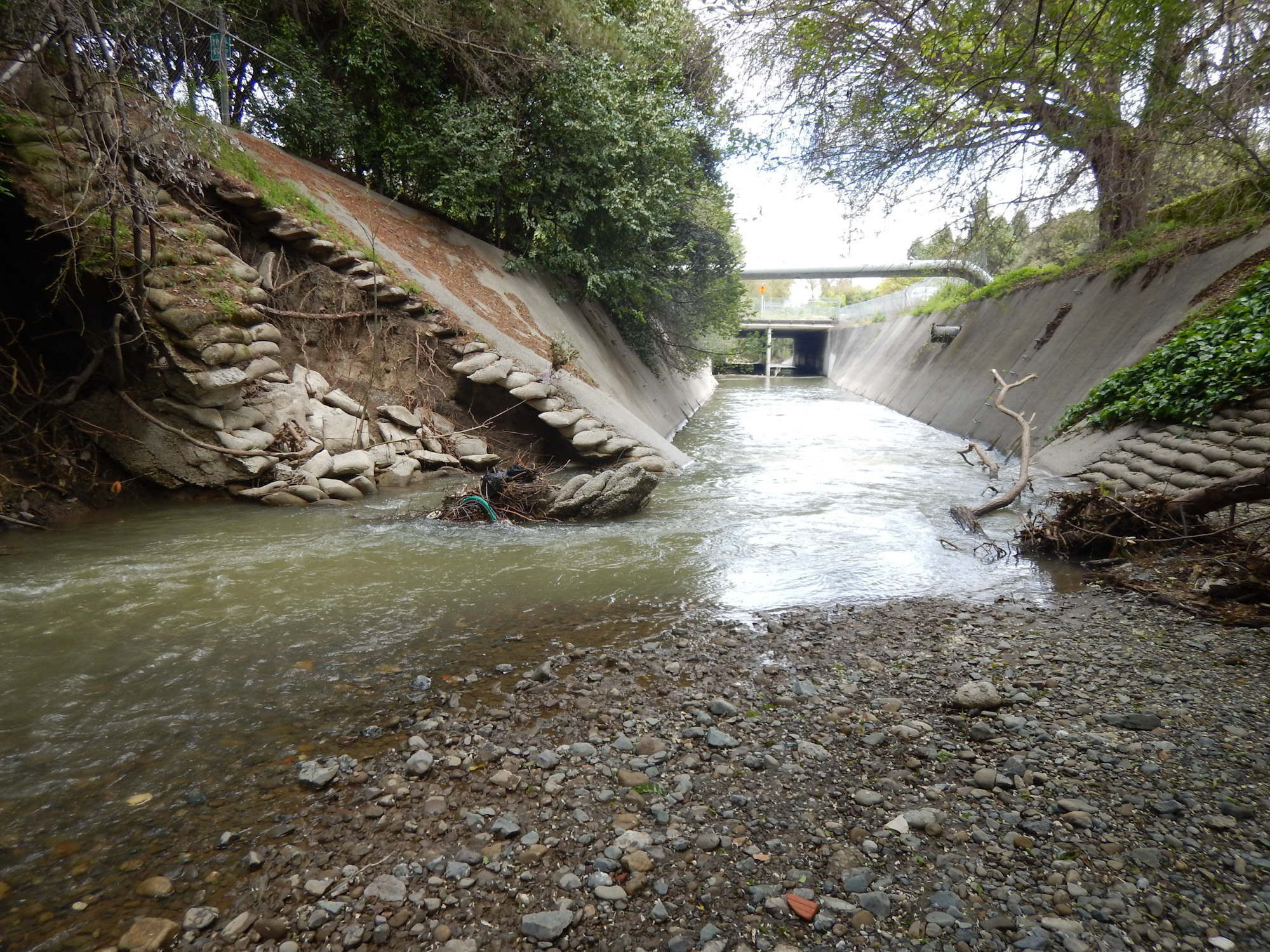RCIS Program Overview
The RCIS program has three components that support varied project goals and benefits, including habitat restoration, mitigation, wildlife corridors and integrated planning.
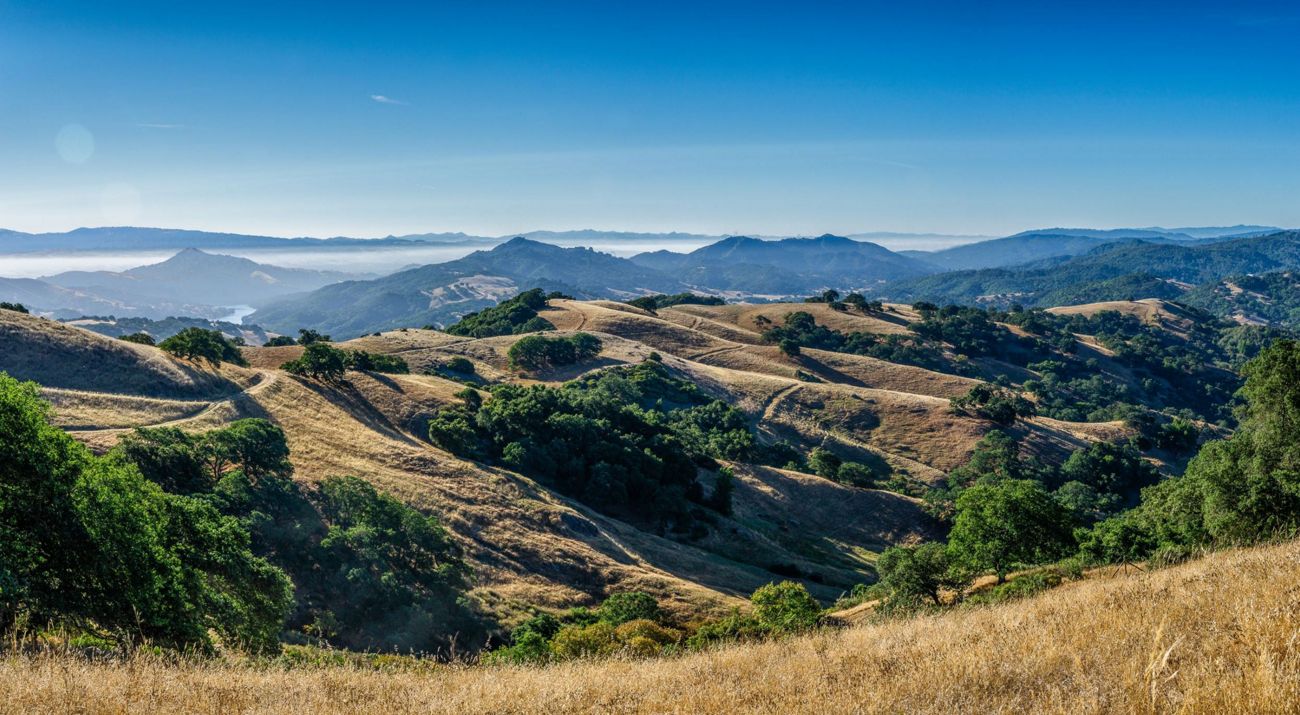
The RCIS Program helps regions create conservation visions for the state of California, its landscapes, and communities. RCIS Program guide actions to conserve important lands, waters, habitats and species; inform and streamline infrastructure development, while supporting climate change adaptation and resilience.
The RCIS Program
Is comprised of three components:
Program Overview
The Regional Conservation Investment Strategy (RCIS) is a voluntary program in California that encourages landscape-level conservation planning and assessments to guide infrastructure development. The RCIS program’s goals include:
- Identifying high-value conservation and habitat enhancement opportunities
- Helping species adapt to climate change and recover
- Improving resilience in the face of development pressures
- Providing a science-based guide for conservation and mitigation actions
The RCIS program is made up of three components: Regional Conservation Assessment (RCA), Regional Conservation Investment Strategy (RCIS), and Mitigation Credit Agreement (MCA).
This voluntary, non-binding, non-regulatory planning process enabled by Assembly Bill 2087 in 2016 (Fish & Game Code, sections 1850-1860) is administered by the California Department of Fish and Wildlife (CDFW) and is intended to encourage high quality conservation outcomes and includes an advance mitigation pathway.
The geographic region for an RCA is at the larger, ecoregion level, while the boundaries of an RCIS are regional and may be based on an ecological boundary, jurisdictional boundary, or watershed/river basin extent. An RCIS is a comprehensive conservation strategy at a more granular level that identifies specific actions and priorities to facilitate conservation outcomes.
Advance mitigation is enabled by an approved RCIS through the development of an associated MCA. MCAs create credits that can serve as compensatory mitigation to offset impacts to natural resources. MCAs implement actions identified in the RCIS such as habitat conservation or enhancements. This includes projects regulated by California Endangered Species Act (CESA), California Environmental Quality Act (CEQA), and California Lake and Streambed Alteration (LSA) program, as well as other local, state, or federal programs if acknowledged by those agencies.
A high-level description of each RCIS Program component is also outlined in each of the tabs above, and explained in additional detail in subsequent sections.
The RCIS Program is a strategic approach to conservation planning that results in value created opportunities such as science-based conservation priorities, support of grant applications, or advance mitigation credits than can be used, transferred or sold.
The components of the RCIS Program apply to different scales and needs. This map shows how a Regional Conservation Assessment covers a larger area — for example, the nine-county Bay Area that identifies broader landscape scale ecological conditions and processes; the RCIS can tier off of an RCA to include specific conservation goals, objectives and actions at a finer scale; MCAs help implement the actions identified in an RCIS.
Connectivity and Wildlife Corridors
Addressing fragmentation: The RCIS program recognizes the need for increased habitat connectivity and provides incentives for integrating connectivity for project proponents. The program requires connectivity to be included in the RCA and RCISs, and enables advance mitigation credits for habitat and wildlife connectivity actions in MCAs.
Learn More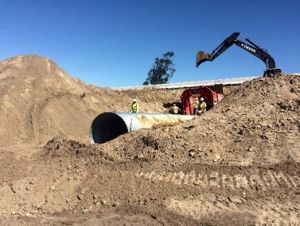
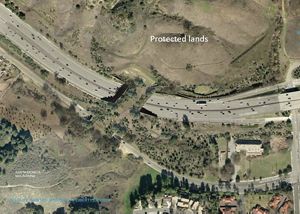
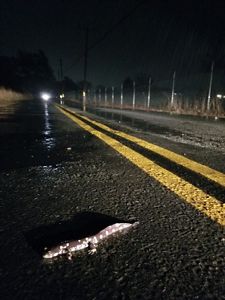


Understanding the Relationship Between an RCIS and MCA
Before starting along this journey, it is helpful to understand the overall picture of how inputs for the RCIS, create an RCIS strategy and those elements become the input for an MCA that delivers tangible output of mitigation credits for funding conservation actions identified in the RCIS.
Completion of an RCIS Strategy is a requirement for applying for mitigation credits throught the MCA portion of the RCIS Program.
The figure below is an example of how the Kaweah Groundwater Subbasin RCIS works in terms of inputs such as goals, community input and regional plans, resulting in a strategy delivering value in Federal and State support, as well as other funding opportunities that help deliver RCIS goals of habitat benefits, groundwater sustainability and local community opportunities.
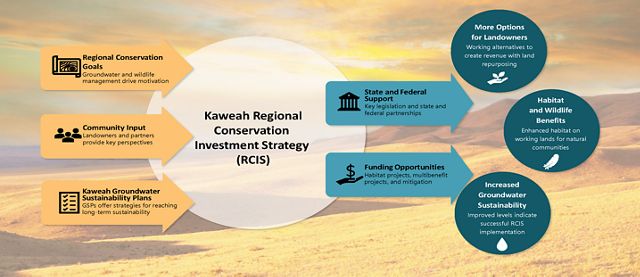
At the left, this diagram displays the inputs of regional conservation goals, community input, and regional sustainability plans leading to a strategy that ushers in state and federal support and funding opportunities. This subsequently yields the goals of more options for landowners, habitat and wildlife benefits, and increased groundwater sustainability.
Relationship between RCIS and MCA:
An approved RCIS is a pre-requisite for applying for an MCA.
The requirements for mitigation using MCAs are closely connected to the design and information contained in the associated RCIS. By initially considering the connection to other conservation strategies, as well as the future requirements for the MCA, the RCIS proponent can more easily identify the intersection points of the voluntary RCIS strategy and regulatory requirements. This will greatly streamline the approval process and associated permitting.
The diagram below outlines key considerations for both the RCIS and MCA to maximize the benefits of both.
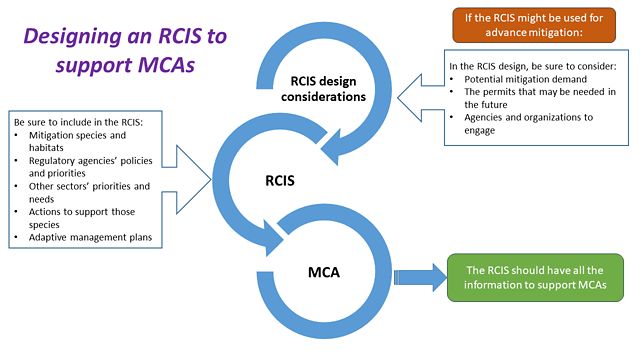
This graphic highlights the process of designing an RCIS to support MCAs. In the RCIS it advises to include mitigation species and habitats, regulatory agency policies and priorities, priorities and needs of other sectors, actions to support those species, and adaptive management plans. In the RCIS design it advises to consider potential mitigation demand, the permits that may be needed in the future, and agencies and organizations to engage.

This graphic shows the state of California with spatial representations of RCIS locations. These locations include the San Bernardino RCIS, Antelope Valley RCIS, Monterey County RCIS, Kaweah Groundwater Subbasin RCIS, San Joaquin Valley RCIS, Santa Clara RCIS, Santa Cruz County RCIS, East Bay RCIS, North Bay Baylands RCIS, Yolo RCIS, and mid-Sacramento Valley RCIS.
Map of RCIS locations (as of January 2025)
For an interactive map of current RCIS projects either approved or in development, please go to the CDFW RCIS Program website where you will find an interactive map. The CDFW map contains location and boundary details for each RCIS and is regularly updated by CDFW staff.

